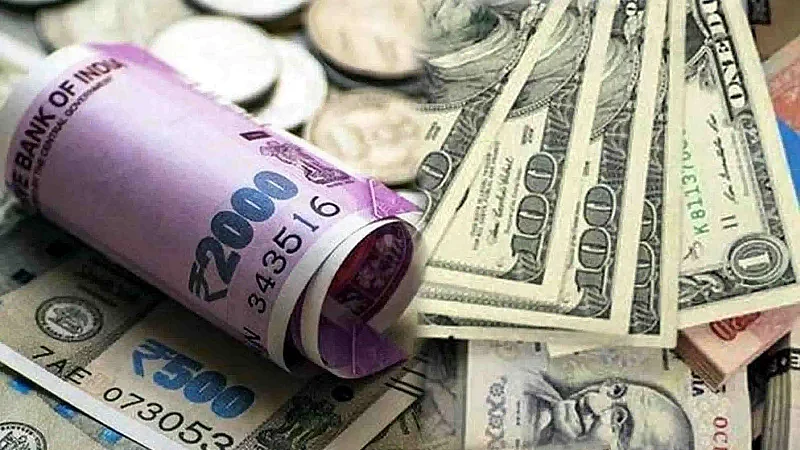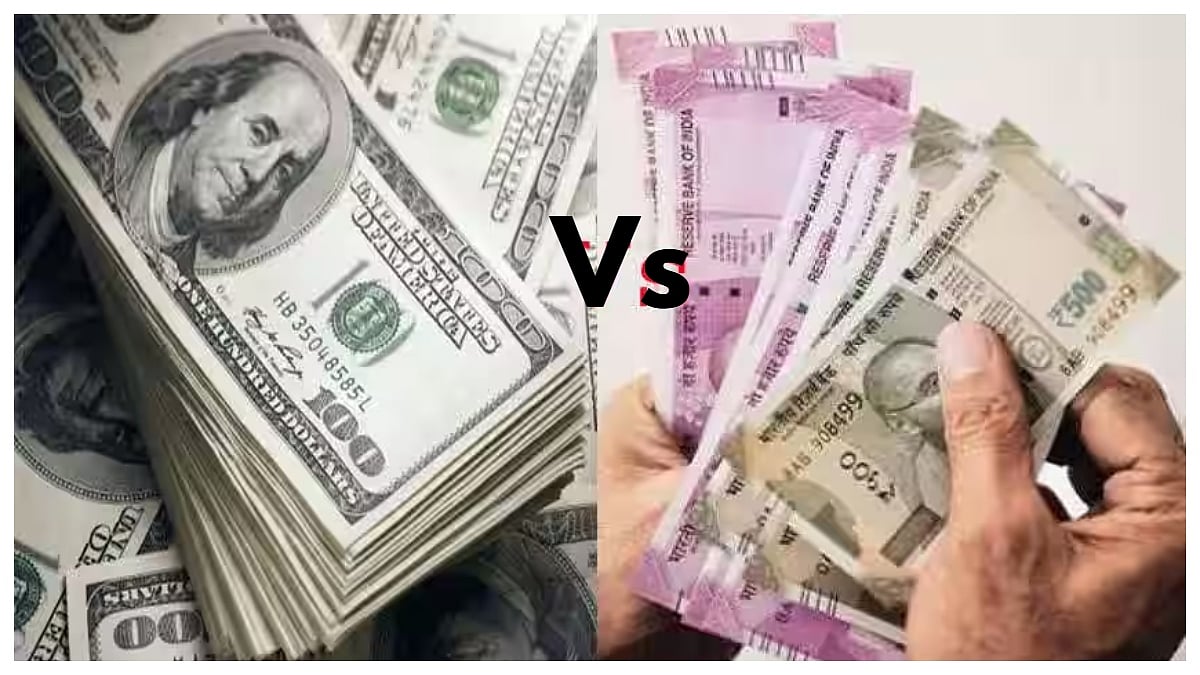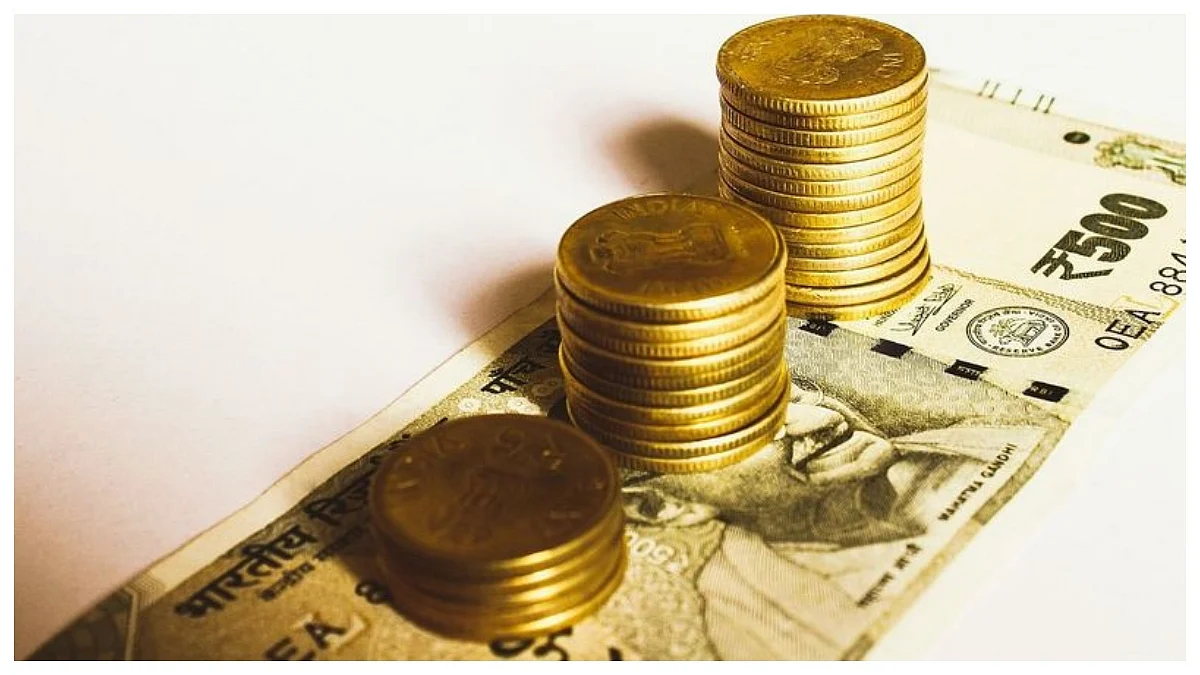Key Highlights
- Rupee rises 40 paise to 87.25 against the US dollar.
- RBI likely intervened to support the falling rupee.
- US tariffs raise concerns over India’s export outlook and currency pressure.
Mumbai: The Indian rupee strengthened by 40 paise to 87.25 against the US dollar in early trading on Friday. This recovery comes after it had closed at 87.65 on Thursday, slightly above its all-time low. Forex experts believe this gain is due to lower global crude oil prices and suspected intervention by the Reserve Bank of India (RBI) to support the currency.
US Tariffs Increase Market Worries
Investors became more cautious after the United States imposed a 25 percent tariff on Indian exports. This move triggered fear among traders, as it may hurt India's trade and cause further pressure on the rupee. Market participants are also watching closely as US President Donald Trump imposed higher tariffs on many trading partners starting August 1.
Oil Prices Drop, Dollar Stays Strong
Global oil prices slipped, with Brent crude falling by 0.97 percent to USD 72.53 per barrel. Analysts say the higher US tariffs could slow down global trade, reducing fuel demand. Meanwhile, the dollar index, which measures the US dollar's strength against six other currencies, rose by 0.07 percent to 100.03. This shows the dollar is holding strong despite global trade tensions.
RBI Likely Stepping In
According to Anil Kumar Bhansali of Finrex Treasury Advisors, the rupee may have touched a low of 87.75 on Thursday, but it bounced back with RBI's help. “The RBI likely stepped in to calm the market. If the RBI continues to support, the rupee may touch 87.00 soon,” he said.
Stock Market Dips Slightly
On the equity front, both key indices were in the red. The Sensex fell by 145.71 points to close at 81,039.87, and the Nifty lost 64.70 points, ending at 24,703.65. Foreign investors continued to sell, offloading stocks worth Rs 5,588.91 crore on Thursday.

Fiscal Deficit Widens
India’s fiscal deficit reached Rs 2.80 lakh crore in the first three months of the 2025-26 financial year. This is 17.9 percent of the full-year target, compared to 8.4 percent during the same period last year. This shows that the government is spending more than it earns, which could put pressure on the economy if it continues.
(With PTI Inputs)











